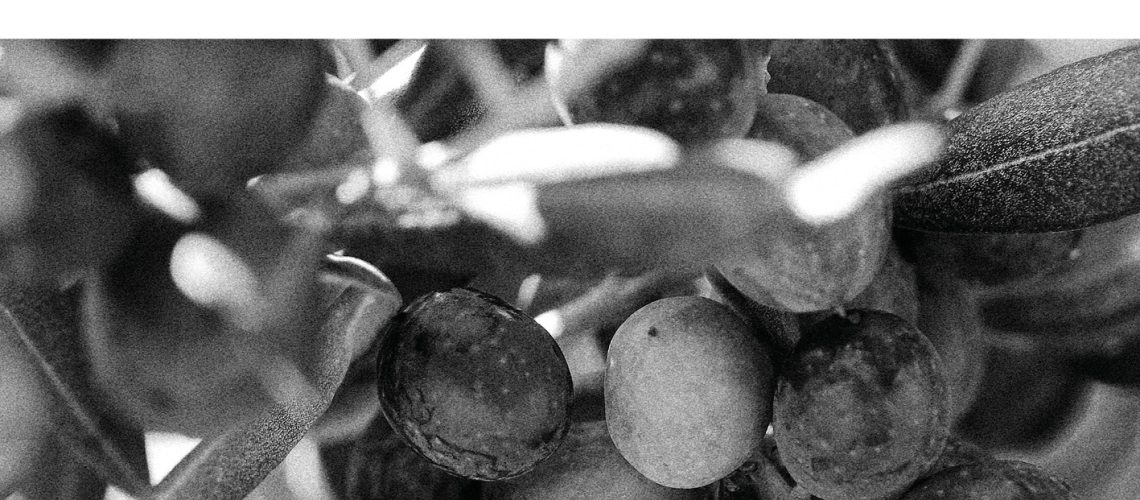RELEASE NOTES ANÍBAL TROILO 1938 – 1945
Aníbal Troilo «Pichuco» y su Orquesta Típica, as the band is officially named on all records, recorded a total of 134 tracks between 1938 and the end of 1945. This restoration project includes 133 of these recordings. One track, «Farol», is missing and will hopefully be released later, as we currently don’t have a good copy of the record. The orchestra’s first two recordings were released under the Odeon label; all subsequent recordings, starting in 1941, were released by RCA Victor. There are no otros ritmos. Of the 134 recordings, 113 are tangos, 10 are valses and 11 are milongas.
During his early years, Aníbal Troilo was a member of various bands. It was on July 1, 1937, that he launched his own orquesta típica. The orchestra’s first public performance took place at the famous Marabú nightclub, where a sign announced: «Debut today: Aníbal Troilo and his orchestra» Another sign read: «Everyone to the Marabú / the highest-ranking nightclub / where Pichuco and his orchestra / will have you dancing good tangos».
The following year, on March 7, 1938, the orchestra recorded its first record under the Odeon label, featuring the instrumental tangos «Comme il faut» by Eduardo Arolas and «Tinta verde» by Agustín Bardi. However, due to conflicts with the label, they did not record anything else until 1941, when they signed at the rival record label Victor. On March 4 of the same year, they recorded their first sides with the iconic singer Francisco Fiorentino, popularly known as Fiore.
It is important to note that this orchestra marked a turning point in the role of the tango singer. Francisco Fiorentino is widely regarded as the first cantor de orquesta, in contrast to the older refrain singers of the 1920s and 1930s. In this new model, the role of the singer became much more prominent, often singing at least two strophes of the song, and sometimes even reappearing to finish the tango together with the orchestra. This created a completely new emotional presence, carried forward by the singer.
In 1941, the size of the orchestra increased slightly to 11 members, with reinforcements in the bandoneon and violin sections compared to the 1938 line-up which had 9 members. In 1943, the orchestra reached its final size of 12 members, with the addition of a cello, and maintained this configuration until at least the mid-1940s when a viola was added.
The singers who worked with the orchestra between 1941 and 1945 were (in order of appearance, with the number of recordings they contributed): Francisco Fiorentino (59), Amadeo Mandarino (1, in a duet with Fiorentino), Alberto Marino (34), Floreal Ruiz (10), the Fiorentino-Marino duet (3), and the Marino-Ruiz duet (4). There are also a total of 25 instrumental tracks.
As a composer, Troilo created a significant number of important works. Of the repertoire included in this album, eleven are his original compositions: «Toda mi vida», «Con toda la voz que tengo», «Total pa’ qué sirvo», «Pa’ que bailen los muchachos», «Acordándome de vos», «Barrio de tango», «Valsecito amigo», «Garúa», «Naipe», «Garras» and «María».
Troilo’s orchestra continued recording until June 24, 1971, producing a total of approximately 449 recordings. The years 1946-1949, and most likely beyond, will be included in future TTT releases.
DISCOGRAPHY
The official discography of the Troilo orchestra contains several significant errors, which we have corrected in our new and revised version. When available, the name of the arreglador, who created the arrangement for the orchestra, is included both in our discography document and in the track metadata. You can find the updated discography on our website or included in the album folder.
PITCH
The two Odeon recordings in this collection are at a concert pitch of A4 = 435Hz, while the RCA Victor tracks are tuned to A4 = 440Hz. We have found that the pitch deviations we detected at our reference speed of 78-rpm are closely clustered around 440Hz. Based on our experience with other orchestras from the same label and time period, we were able to identify consistent patterns in the evolution of these pitch deviations. Additionally, we did not observe any instruments in the 1941-1942 recordings that appeared to be tuned to the older concert pitch. All instruments in the RCA Victor recordings seem to be tuned to the same reference pitch.
For the years 1938-1942, we also conducted a harmonic analysis in collaboration with a musicologist, using a tuning fork to extract the key signatures. This allowed us to compare the key signatures of the original scores, when available, with the recordings. Often, the key in the score matches our retuned transfer.
There are ten recordings in 1941-1942, however, that were transposed to a different key. In the case of «No te apures Carablanca», we were able to confirm the transposed key using the Troilo arrangement score, both of which are in F# minor, whereas the original score and the Demare versions are in G minor. We have included the key information from our analysis in both the comment section of our discography document and the track metadata.
As usual, we have analyzed all recordings on this album individually to determine the precise speed for our transfers, paying particular attention to isolated piano notes. The pitch information is crucial for us—and for you—so that you can enjoy these recordings in their intended tonality and tempo.
PHONO TECHNIQUE
A special effort was made to render the different layers of this music as transparent as possible. The Troilo sound tends to become a sonic blur when poor technique is applied as numerous former transfers from LP and later CD testify—particularly in the legato sections—where textures can easily merge into an indistinct «sound soup.»
From a technical standpoint, great care was taken in the playback process. Different needles were tested and matched individually for each record to strike the right balance: revealing the finest details in the recording while keeping surface noise to an absolute minimum.
The TTT Troilo collection, built over a span of 15 years, includes most titles now in four to six copies. This allowed for the selection of records in outstanding condition, ensuring a clean and faithful reproduction of the original sound.
FORMATS
This edition is available in the formats: 24-bit/96kHz FLAC, 16-bit/44.1kHz CD-quality AIFF and FLAC, and 320kbps CBR MP3. All files are sourced from our high-resolution digital master and should sound identical across all formats. The only differences lie in bit depth, sampling rate, and codec. We have consistently applied a 0.5-second fade-in at the beginning of each track and a 1.0-second fade-out at the end, with an additional 3.0 seconds of trailing silence. If a track already has a diminuendo ending, we have reduced the trailing silence accordingly.
ACKNOWLEDGEMENTS
Age Akkerman, Amsterdam
For his invaluable assistance during our first
pitch analysis session in 2017, when we conducted a test run of the Troilo transfers, and for the proofreading and harmonic analysis.
Omar Facelli, Montevideo
For his expertise in 78-rpm records, his extensive knowledge and connections within the tango collector community, and for managing our mini studio in Montevideo.
Pascaline Martin, Profondeville
Pianist and musicologist, for her work on harmonic analysis and key detection during our listening sessions.
Richard Garrido, Paris
For granting us access to his priceless Troilo collection and providing us with some records in better condition than those we initially had.
Brussels, 12.4.2025
TangoTimeTravel.org
Bénédicte Beauloye & Jens-Ingo Brodesser

